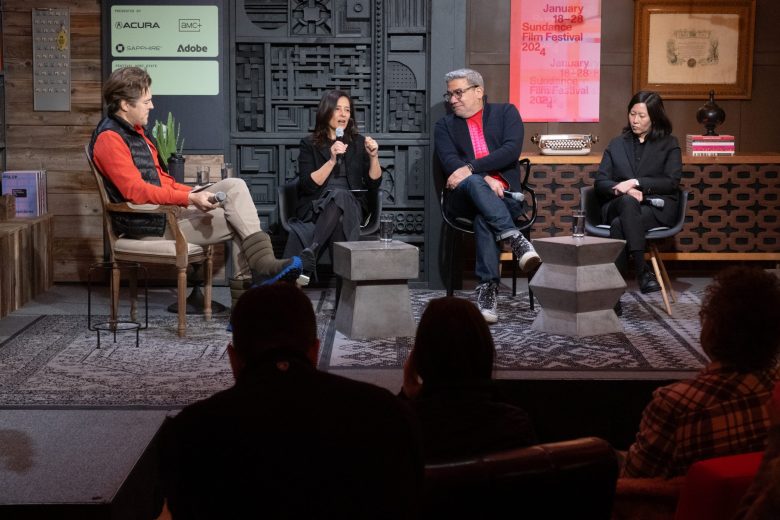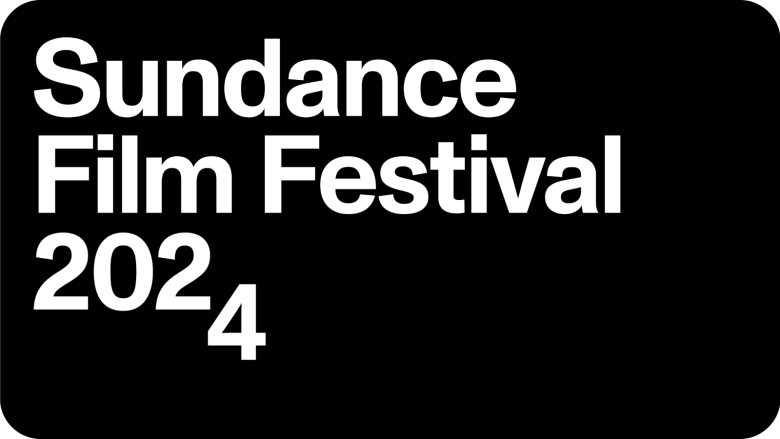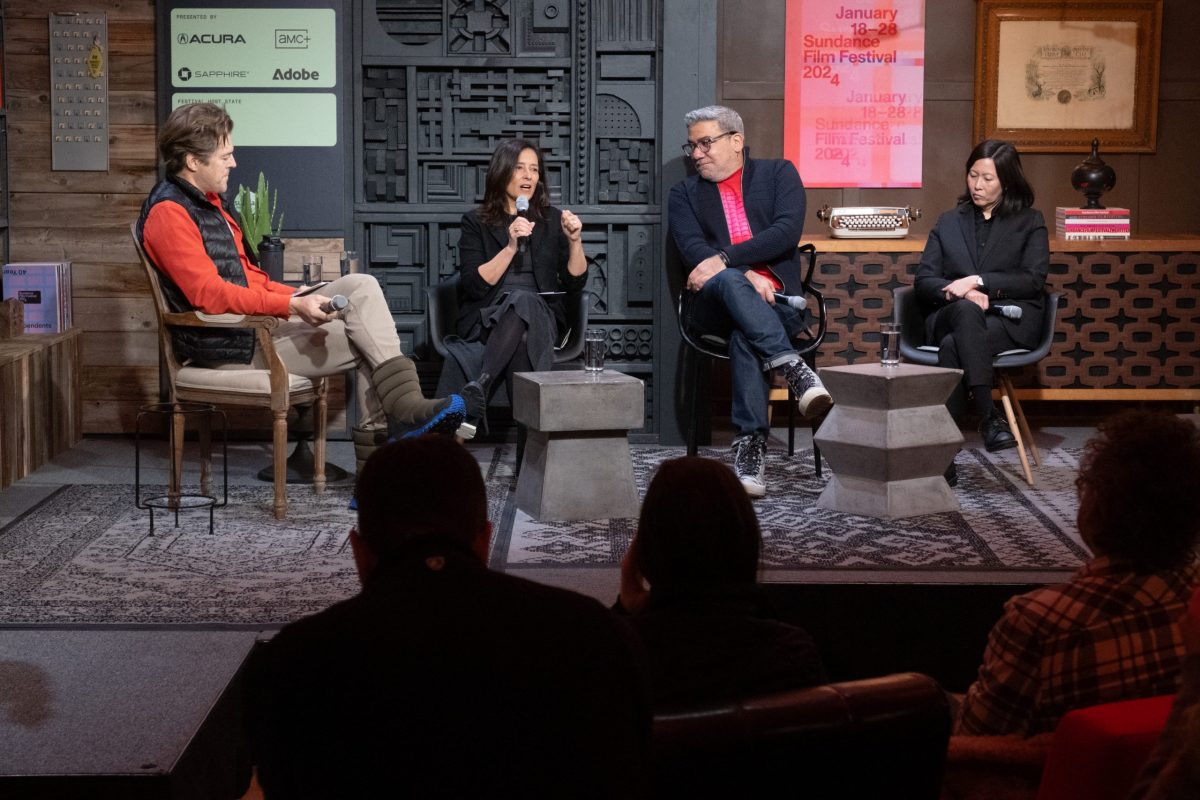
The Sundance Film Festival is a vital part of the entertainment ecosystem.
That was conveyed by Sundance Institute Board Member Jason Blum during the opening press conference of the event’s 40th edition on Thursday morning at the Filmmaker Lodge in Park City.
“Without Sundance, the United States would not be where it is in entertainment, and I really think not enough people make that connection,” Blum said. “And I think it’s undervalued in that way.”
Blum, the chief executive officer and founder of Blumhouse, a film and TV production company, moderated the panel that featured the institute’s Chief Executive Officer Joana Vicente, Festival Director Eugene Hernandez and Kim Yutani, the Sundance Film Festival director of programming.
“(The festival is) always about super-bold storytelling, and it also gives us a chance to talk about what Sundance does year around,” Vicente said. “That is the engine. We support storytellers, and that is the work that we do day in and day out. It is incredibly worth it for the culture. Not just in the United States but abroad as well.”
Adding more fuel to Vicente’s words, this year’s festival received a record number of 12,000 short film and 5,000 feature film submissions, according to Yutani.
“We’re showing a tiny fraction of them — 91 features and 53 shorts,” she said. “That establishes us as a place for people in the film industry, film fans and other festival programmers to really see what this year has to offer.”
Some of these films barely made it in due to the Writers Guild of America and the SAG-Aftra strikes last year, Yutani said.
A few films, such as Sean Wang’s “Dìdi (弟弟)” and Kelly O’Sullivan and Alex Thompson’s “Ghostlight,” are in the program and were made because of an interim agreement, she said.
“They managed to get them made and submit them to us,” she said.
In fact, “Ghostlight” came in right “under the wire,” Hernandez said.
“The filmmakers wrote (it) during the pandemic, but they wanted to make a different film,” he said. “In the summer of the strike, they were unable to get that film off the ground, so they went back to ‘Ghostlight’ and shot it late last summer and early fall, edited it, and got it to us.”
Another part of the Sundance Film Festival’s purpose is to give attendees a sense of discovery, Yutani said.
“I think that is present in this year’s program,” she said. “Ninety-five percent of our program is world premieres, and 40% of our program is by first-time feature filmmakers. (Also) 80% of our program is for sale. So we hope to have healthy film sales this year.”
Hernandez hopes attendees will use the festival to break out of their comfort zones.
“I think what has always excited me about Sundance is the opportunity to come here to see films by filmmakers you’re familiar with, but also the chance to be introduced to someone new and something new,” he said.
This year also marks Hernandez’s first year as festival director.
“It feels different sitting in this chair than in one of those chairs where I sat for many years,” he said, referring to the audience composed of film-industry insiders and members of the press. “This is my 30th Sundance, and it’s super exciting to me to have this opportunity to lead this festival and be here with all of you.”
While the first half of the festival will focus on in-person screenings in Park City and Salt Lake City, the second half will offer online screenings to those who weren’t able to make it to the Wasatch Back, according to Hernandez.
“While we have the opportunity to watch films together and give each of the filmmakers who are showing up to debut a work the opportunity to have the best-possible launch and the best-possible first impression, starting next Thursday, (you) will have a chance to start watching films all the films in our competition on our virtual platform,” he said. “That is the opportunity for folks who are tuning in outside of Utah for a chance, in a very narrow window, and a limited amount of streams, to watch the films.”

Tickets are available by visiting festival.sundance.org, Hernandez said.
“We will announce the winners on Friday, and that will also add a heightened amount of spotlight on the films that are fortunate to be given an award next weekend,” he said.
The programming during the festival’s second week will also celebrate the past 40 years, Hernandez said.
“We’ve talked about looking ahead, but we will also celebrate the work of this organization and this institute by also acknowledging the past,” he said. “(We) recognize those exciting moments and those artists who come back and bring more films to us, or show up at our labs to help nurture and support the next generation of storytellers. (We will) look at our tradition by grounding ourselves in the films, stories and people who connected us with this festival early on.”
Yutani worked with Senior Programmer John Nein and her crew to curate eight films from the Sundance Film Festival’s past that will be shown on the big screen.
“One of the guiding principles of how we chose the films to be in this year’s festival is to look at what was going to make the film special, whether it be an anniversary or a restored version, that you would not be able to see anywhere else,” she said.
Those films include Rob Epstein’s “The Times of Harvey Milk” (1985), Mira Nair’s “Mississippi Masala” (1992), Rose Troche’s “Go Fish” (1994), Tony Bui’s “Three Seasons” (1999), Jared Hess’ “Napoleon Dynamite” (2004), Dee Rees’ “Pariah” (2011), Jennifer Kent’s “The Babadook” (2014) and Ondi Timoner’s “Dig! XX” (2024).
The team wanted to highlight documentaries, fiction films and filmmakers who could come to the festival to present their work, according to Yutani.
“That’s such an essential part of what we do at Sundance,” she said.
Tickets for these screenings are available by visiting the festival’s website, Hernandez said.
“There are opportunities to connect with the artists of these independent films from the ’80s,’90s and 2000s that are sometimes not so easy to find, restored on a big screen,” he said.
Vicente is grateful to the opportunity to reflect on the past four decades of filmmaking legacy.
“Thank you to our founder Robert Redford who had the vision to see we needed a platform for these incredible works,” she said. “It’s so exciting that we were here when those young filmmakers showed up for their first films. We got to know them at the beginning of their careers, and they are (now) a big part of our culture.”
The 40th edition of the Sundance Film Festival runs through Jan. 28 in person in Park City and Salt Lake City, with a selection of titles available online nationwide from Jan. 25-28.

